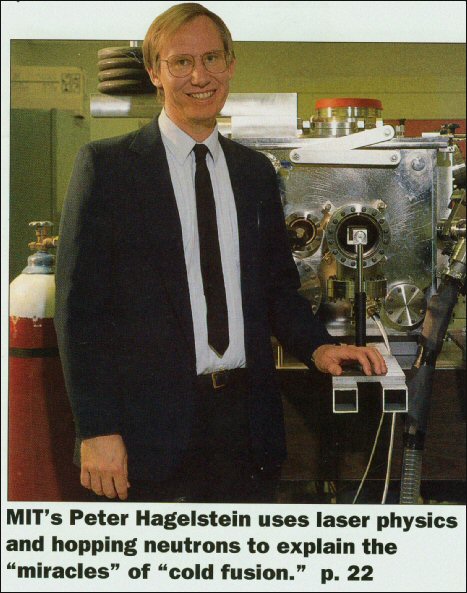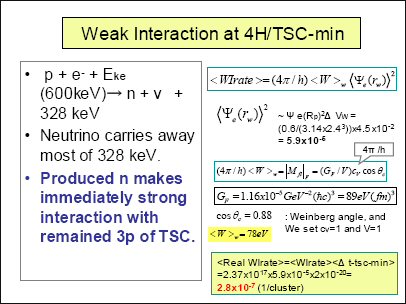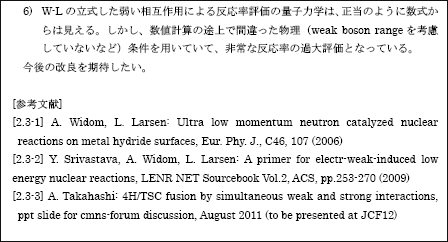Since 1989, MIT professor Peter Hagelstein has been struggling to find a viable mechanism to explain LENR experiments. At last count, he said he had tried more than 150 models. Hagelstein has also been very critical of a weak interactions-based theory that was introduced in 2005 called the Widom-Larsen theory. For Lewis Larsen, the originator of the theory, their published theory represents his first and only model to explain LENRs.
Many theorists have attempted to explain “cold fusion” with complex mathematics and imaginary “new physics.” Larsen did not begin with mathematics; those aspects were added later. He began with an insight; he recognized a similarity between transmutation product spectra he saw in LENRs and spectra he had seen while taking courses in astrophysics (elemental abundances versus atomic mass.) Larsen can explain his concept without mathematics and in comparatively simple language.
According to Larsen, an ultra-low momentum neutron is created in LENRs and this is the key to the reactions. Because the neutron has ultra-low momentum, it does not travel outside the experiment; though spallation neutrons may. According to Larsen, his U.S. patent explains how gamma rays are suppressed and are not seen outside the experiment.
(Go to Widom-Larsen Theory Portal for more information.)

Photo credit: John F. Cook, Cold Fusion Magazine
In 1993, Hagelstein also recognized that weak interactions were the key to LENRs as New Energy Times wrote on July 30, 2010. Hagelstein, however, didn’t solve the riddle. New Energy Times has obtained a 1994 article written by Hagelstein that reveals his thought process.
A few things that Hagelstein knew:
– It could not be fusion.
– There was no way to get deuterons to fuse at room temperature.
– The only possible solution was to use a neutral particle like a neutron.
Something Hagelstein did not know:
– How a neutron might be created.
Here are some excerpts from Hagelstein’s article:
**********************************
My initial consideration led nowhere. There simply was no place to start. Fusion was conjectured, yet I concluded it could not be fusion. (I know that some of my theorist colleagues disagree on this point.) There was no way to get deuterons -the nuclei of deuterium – together. Even if deuterons somehow were able to get together, large numbers of neutrons and quantities of tritium would be generated along with heat, and this was not observed.
A reasonable response would have been to cross off fusion from the list and then proceed to whatever was next. The only problem was that there did not appear to be any “next.”
…
As was clear initially, there were two basic difficulties: (1) how to overcome the Coulomb barrier, and (2) how to couple the energy to the lattice. I was not able to find any satisfactory solution to the first problem, and ultimately concluded that the reactions, whatever they might be, could not be fusion reactions.
The only way to get around the problem of the Coulomb barrier, assuming optimistically that any way actually existed, is to work with reactions involving a charge-neutral system.
A number of prominent theorists had speculated that there might exist a heavy negatively-charged particle that could carry a proton or deuteron, effectively producing a neutral “particle” that could enter a positively charged nucleus. I did not believe that such particle existed on earth – preferentially in heavy water/palladium electrolysis experiments. Consequently, the only serious possibility seemed to be some kind of novel exotic reactions involving a neutron that would be transferred at a distance.
If a reaction is to involve a neutron transfer with a nucleus, it immediately becomes problematic as to where the neutron would come from. There seem to be no obvious source of real neutrons associated with the experiments; even if there were, real neutrons would lead to all kinds of nuclear emissions and activation of materials, effects not consistent with the experimental reports.
**********************************



